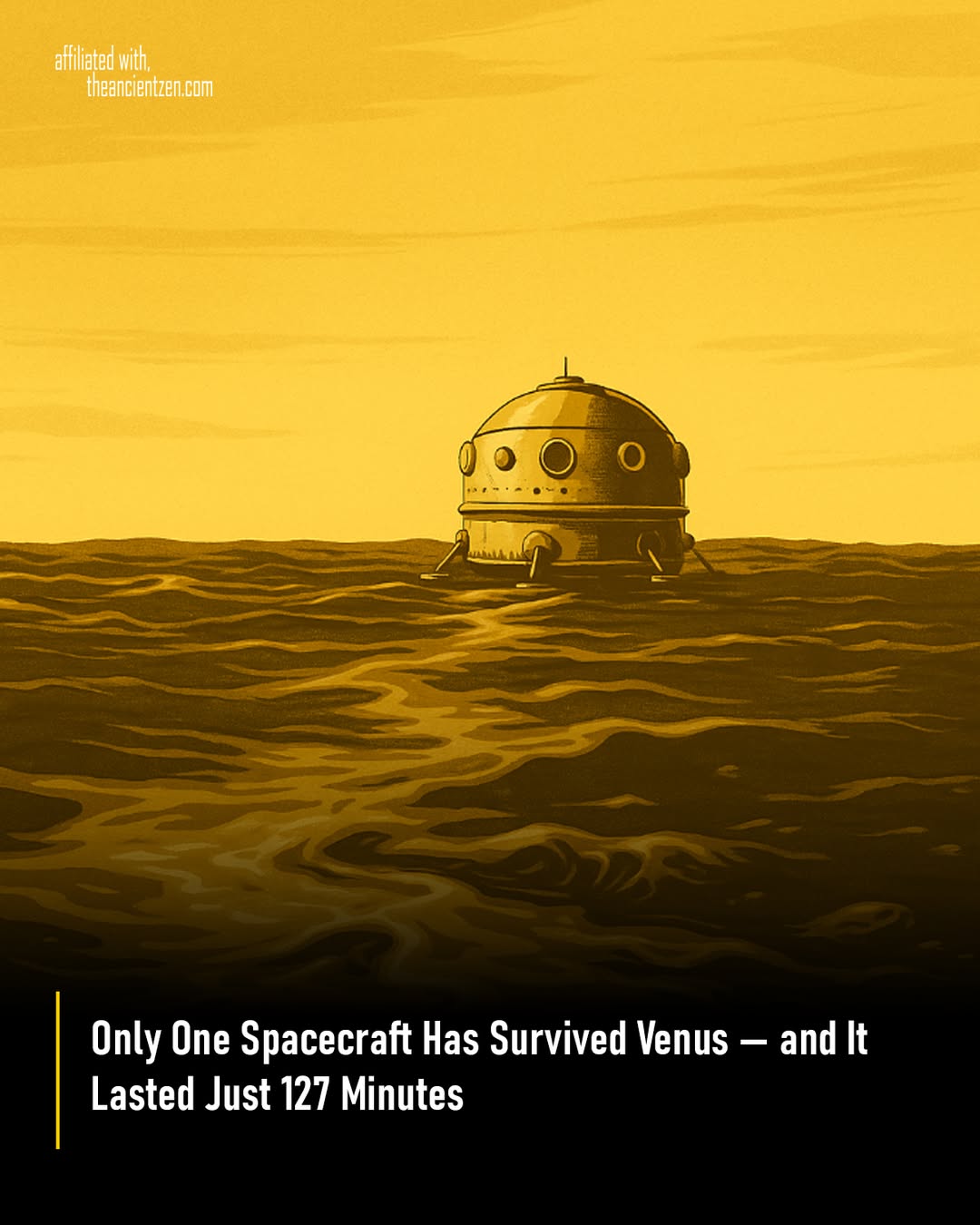Voyager 1: The 1977 Spacecraft That’s Still Going Strong in Interstellar Space
15+ billion miles away, powered by just 69 KB of memory, an 8-track tape recorder, and code written in FORTRAN...
Voyager 1 is still exploring the cosmos — nearly five decades after launch.
It receives commands that take 22 hours to reach it — and it’s still responding, still sending back data, still writing history.
Why does it still work?
Built with radiation-hardened hardware
Powered by elegant simplicity
Designed with redundant backup systems
Maintained by engineers who still think like it’s 1977
This isn’t just a spacecraft — it’s a time capsule of human brilliance, drifting beyond our solar system with the heartbeat of Earth encoded in a golden record.
#Voyager1 #SpaceEngineering #DeepSpaceExploration #NASAHistory #GoldenRecordVoyager 1: The 1977 Spacecraft That’s Still Going Strong in Interstellar Space
15+ billion miles away, powered by just 69 KB of memory, an 8-track tape recorder, and code written in FORTRAN...
Voyager 1 is still exploring the cosmos — nearly five decades after launch.
It receives commands that take 22 hours to reach it — and it’s still responding, still sending back data, still writing history.
Why does it still work?
Built with radiation-hardened hardware
Powered by elegant simplicity
Designed with redundant backup systems
Maintained by engineers who still think like it’s 1977
This isn’t just a spacecraft — it’s a time capsule of human brilliance, drifting beyond our solar system with the heartbeat of Earth encoded in a golden record.
#Voyager1 #SpaceEngineering #DeepSpaceExploration #NASAHistory #GoldenRecord









